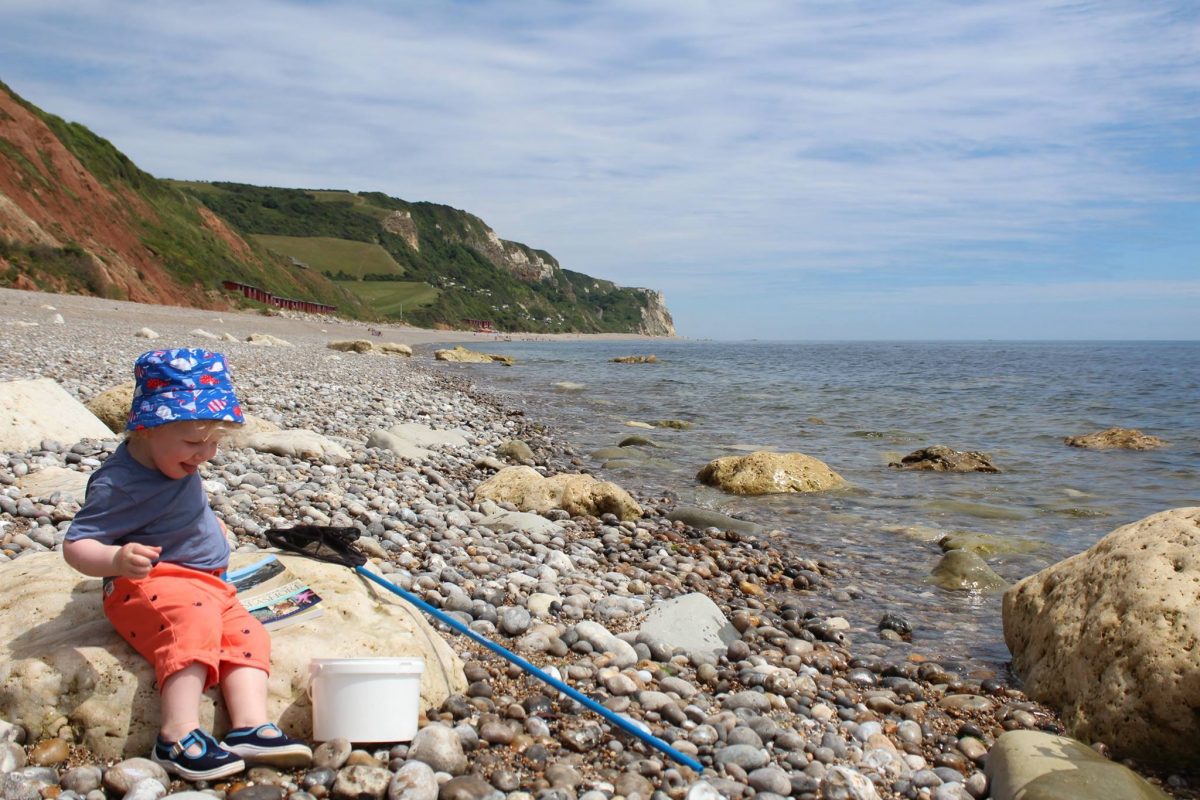Rockpooling is an educational and extremely enjoyable wildlife activity that introduces you to a colourful world of creatures that are usually hidden beneath the sea. Rock pools are full of limpets, crabs, whelks, periwinkles and anemones, all of which have fascinating adaptations that allow them to live in this unique place. The intertidal zone is an exceptionally harsh habitat, with animals needing to cope with exposure to saltwater, rainwater, changing temperatures and sun. Rockpooling is a brilliant hands-on activity to introduce children to this unique habitat and discuss how animals and plants cope with living there.
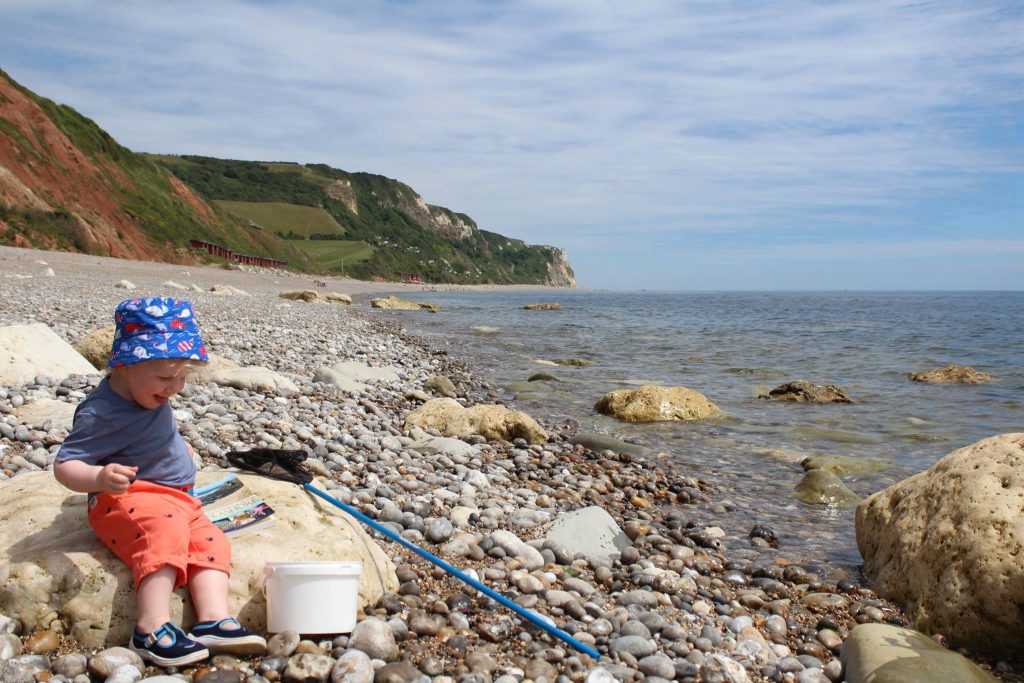
Planning a Rockpooling trip
The best time to go rockpooling is in the late spring or summer, when the weather is milder and temperatures are warmer. There are many excellent locations to go rockpooling on the UK coast and, by searching the local area or consulting this list by The Wildlife Trusts, you can find some of the best spots. Once you know which area you are heading to, you need to consult the local tide table. Rockpooling is best done on a low spring tide, because the most interesting range of creatures are likely to be found nearest the sea edge. Pick a day with calm weather conditions and when the low tide point is at a suitable time in the day – you need to time your visit to be there for low tide and then watch carefully for the tide coming back in. Make sure that you take a sun hat, sun cream and wear sturdy shoes, as the rocks can be very slippery.
Rockpooling equipment and method
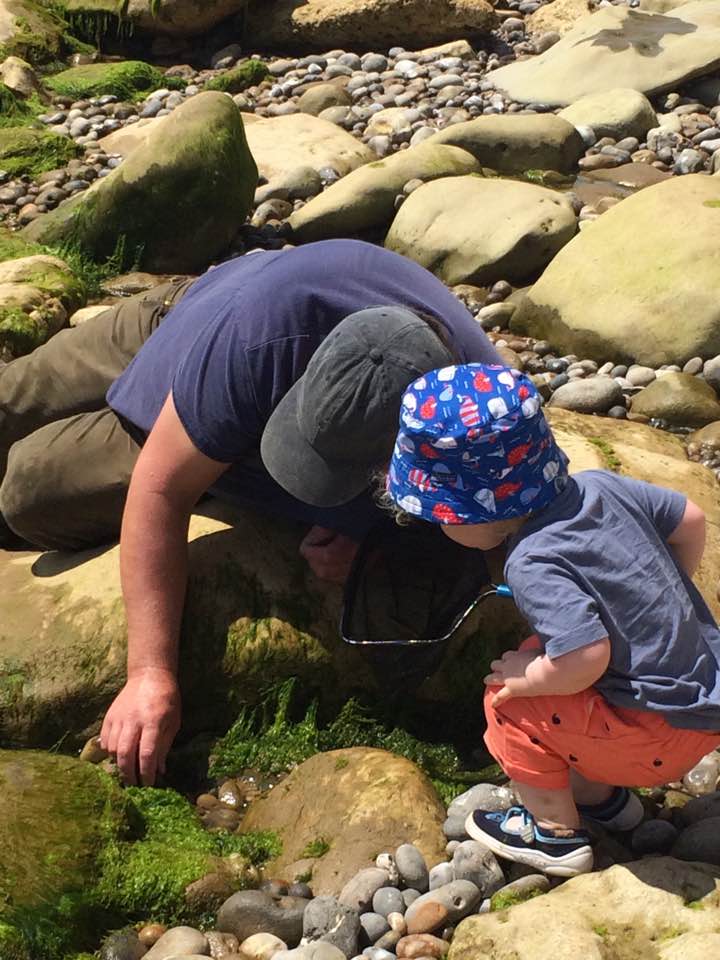
Bucket – a clear or white plastic bucket is great for storing your finds temporarily.
Net –a net can help with catching crabs when used carefully, but avoid scraping along rocks.
ID guide – there are a range of ID guides including laminated FSC sheets and seashore identification guides.
Pots – smaller animals can be transferred carefully to pots for a closer look.
Endoscope – peer deep into the depths of the rockpools and record images and videos with a handheld endoscope.
Approach rock pools carefully, as animals can be wary of noise and shadows appearing above them. Dip your bucket into the water to catch mobile animals or carefully search through with your hands. If you fill your bucket and pots with a little seawater then you can keep any creatures you find in there for a short period of time while you identify them. Watch out for crab claws as they can nip, and anemone tentacles as they can sting. Do not remove any creatures that are attached to the rocks as they may have a specific place that they attach to until the tide comes back in. Turn over stones to find crabs and have a good look to see if there is anything hiding in the seaweed. Once you have finished looking, make sure you return the animals gently back into the pool.
Common UK Rock Pool Inhabitants
Green shore crab (Carcinus maenas)
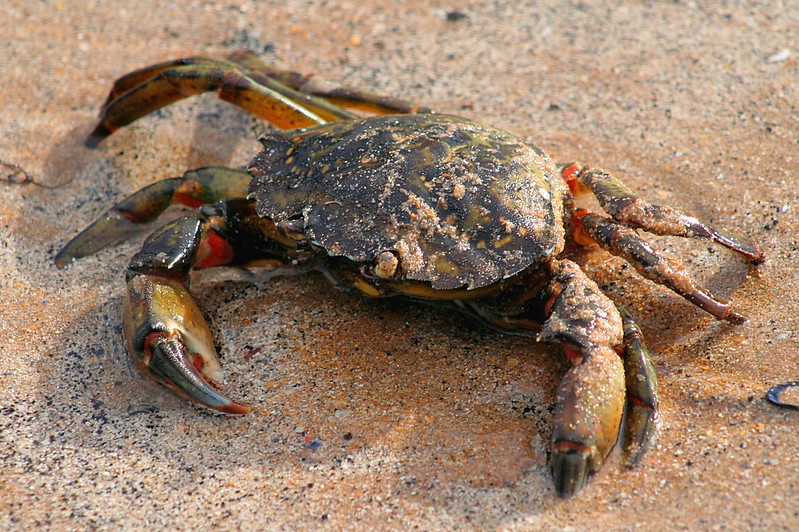
Hermit crab (Pagurus bernhardus)
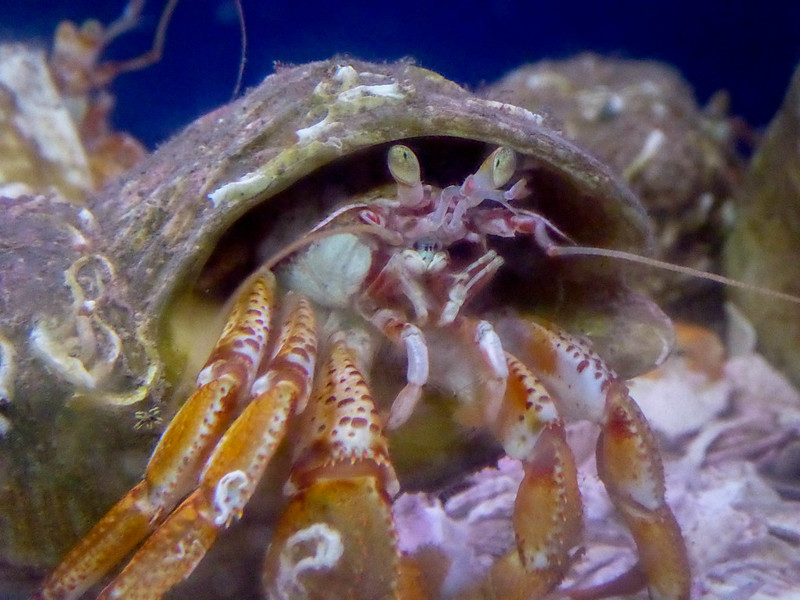
Common blenny (Lipophrys pholis)
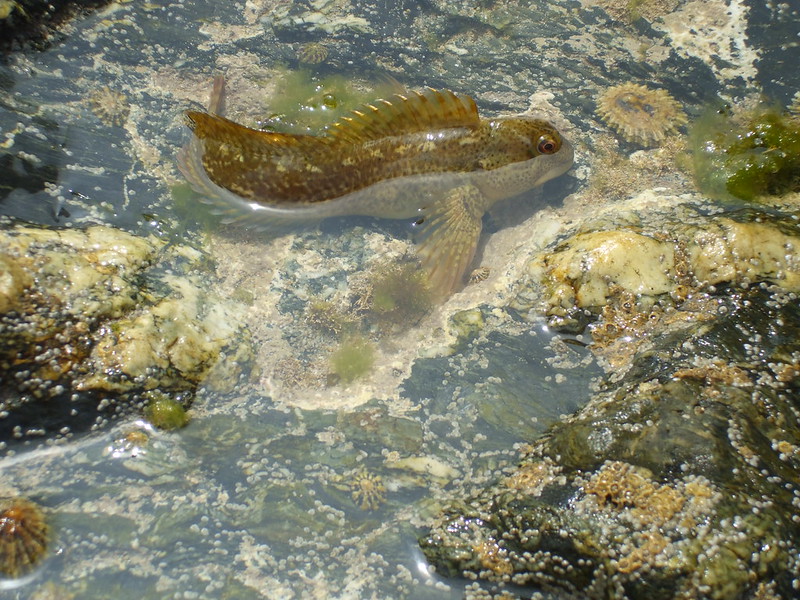
Beadlet anemone (Actinia equina)
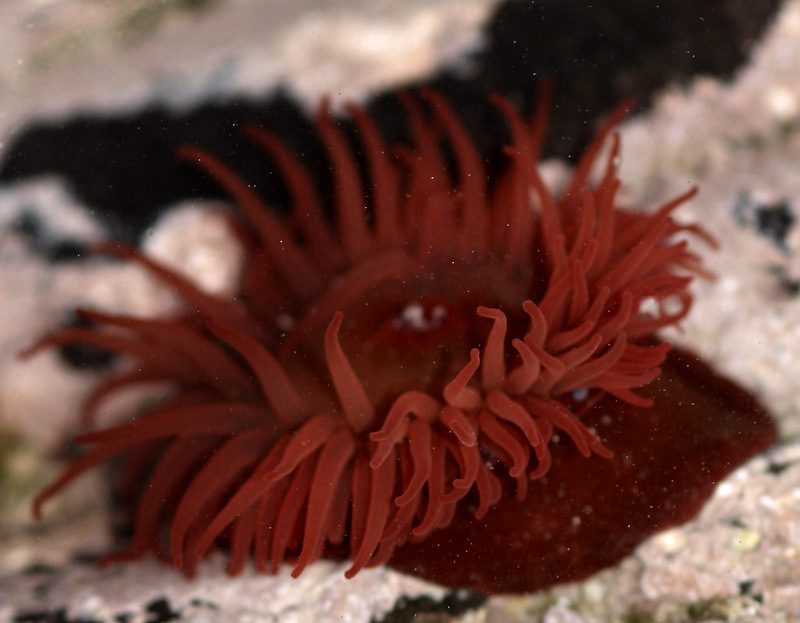
Snakelocks anemone (Anemonia viridis)
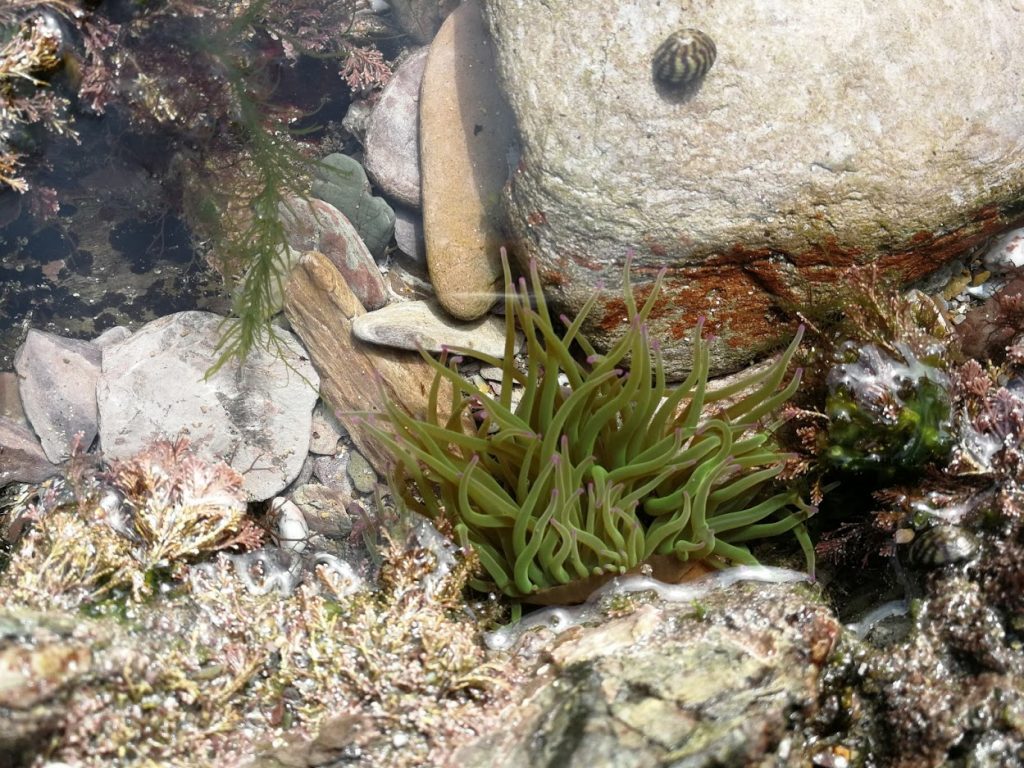
Flat top shell (Steromphala umbilicalis)
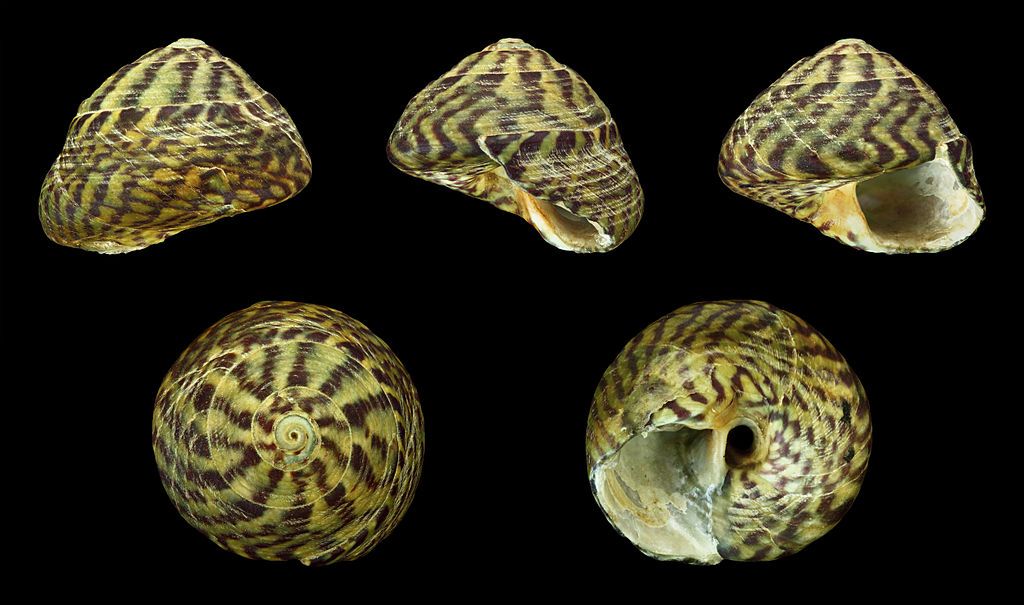
Limpet (Patella vulgate)
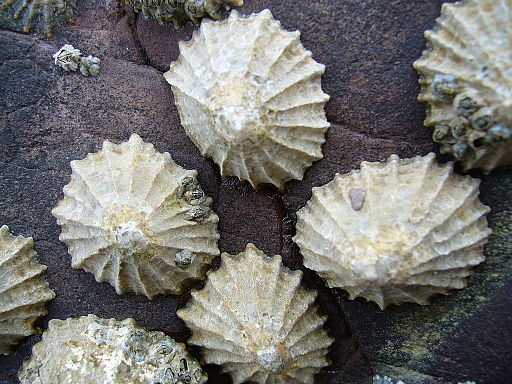
Common periwinkle (Littorina littorea)
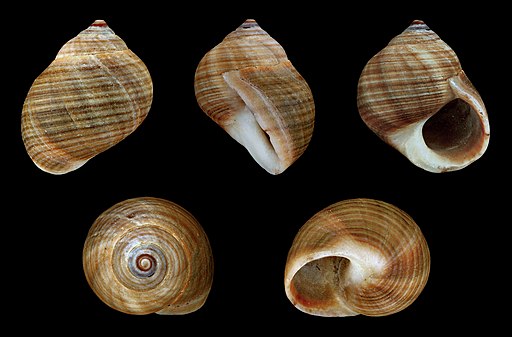
Recommended reading and equipment
The Essential Guide to Rockpooling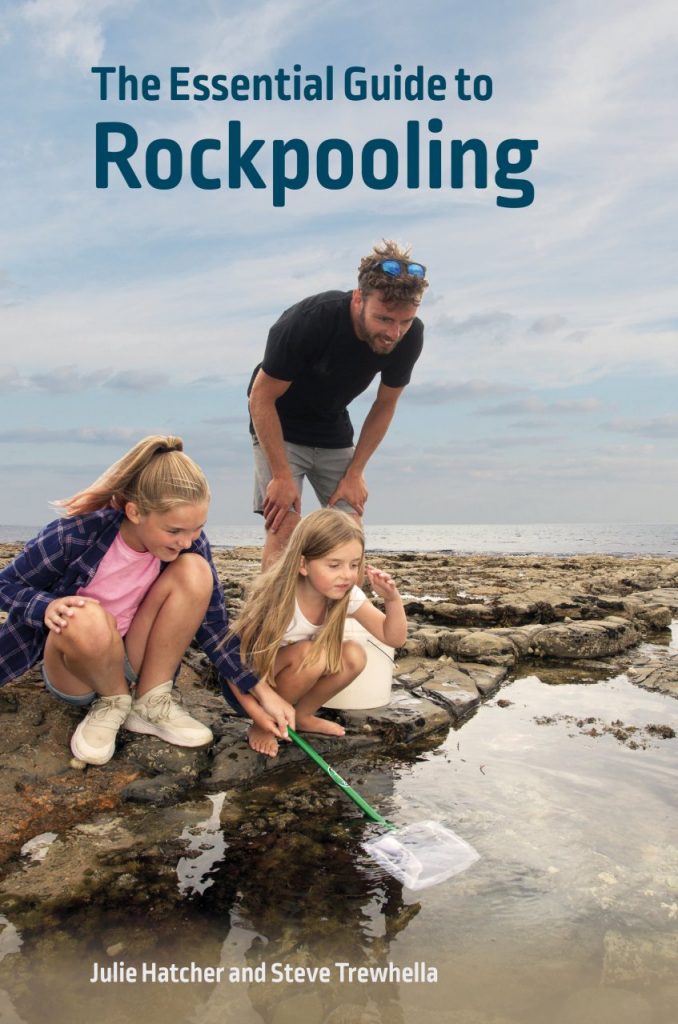
#243734
Educational Rock Pooling Kit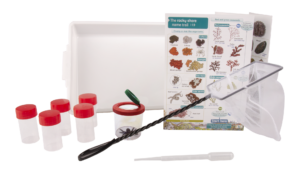
#192241
 Rock Pool: Extraordinary Encounters Between the Tides
Rock Pool: Extraordinary Encounters Between the Tides
#249715
The Rocky Shore Name Trail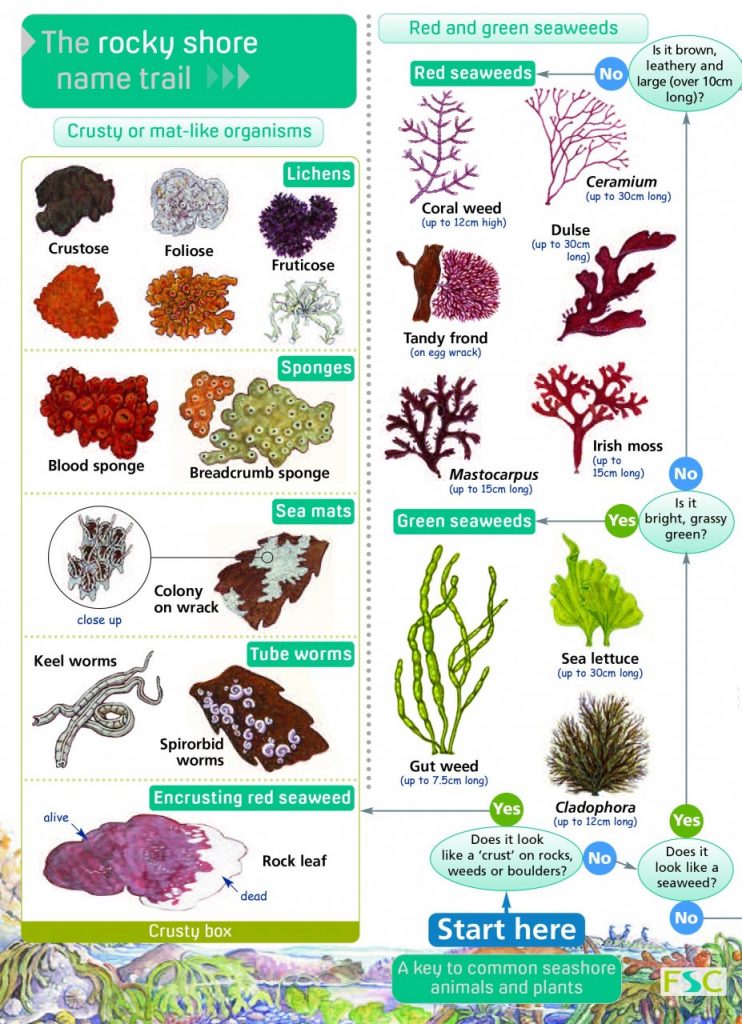
#228841
Rocky Shores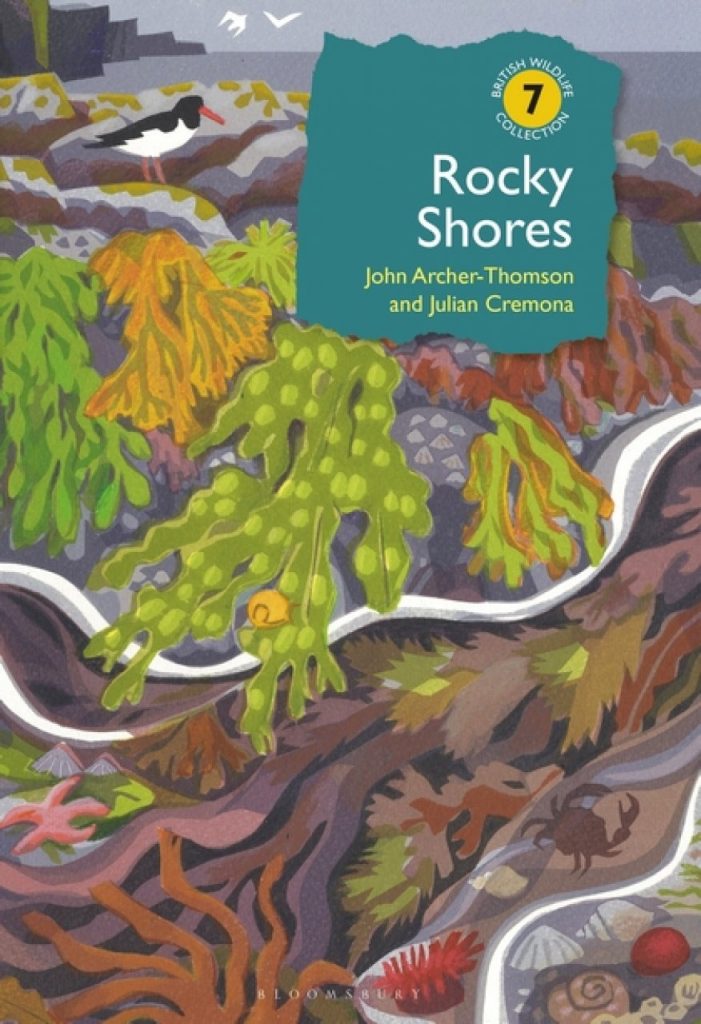
#242624
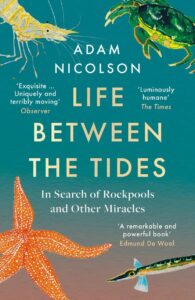 Life Between the Tides
Life Between the Tides
#256239
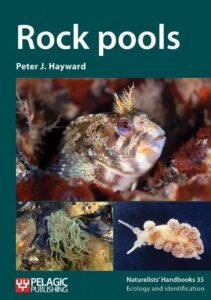 Rock Pools
Rock Pools
#255911
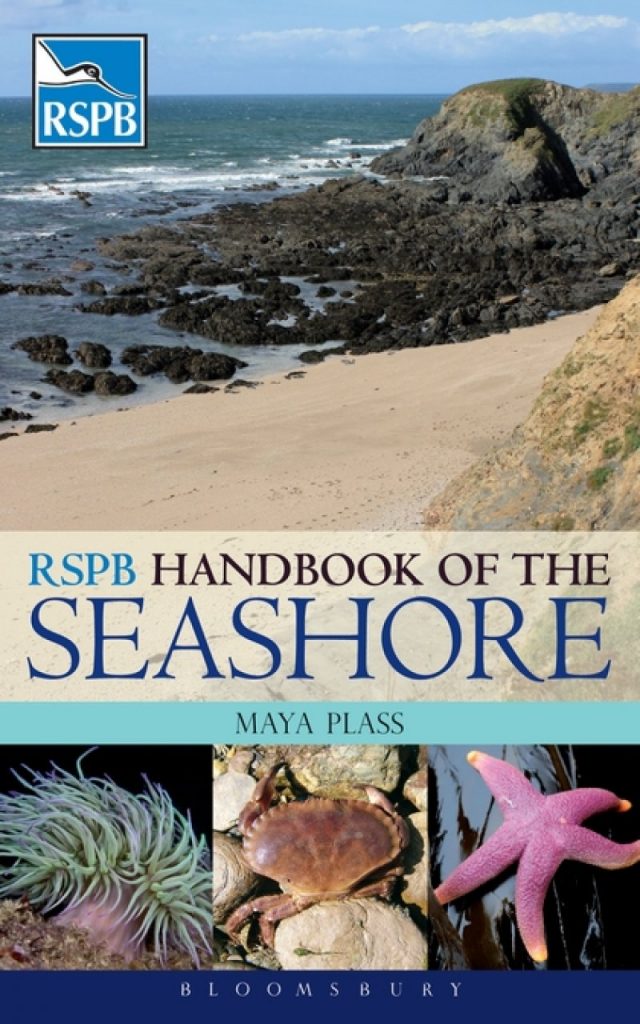 RSPB Handbook of the Seashore
RSPB Handbook of the Seashore
#241750
White Plastic Bucket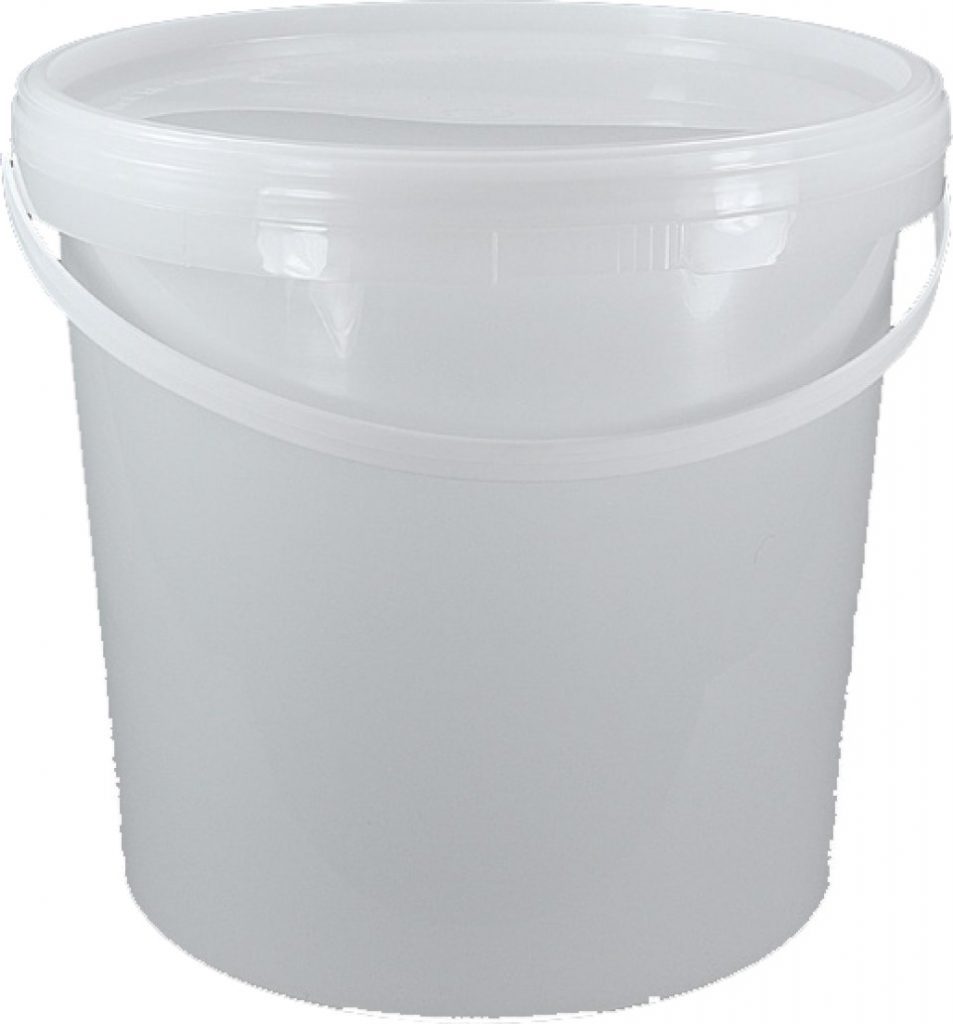
#197160
60ml Collecting Pot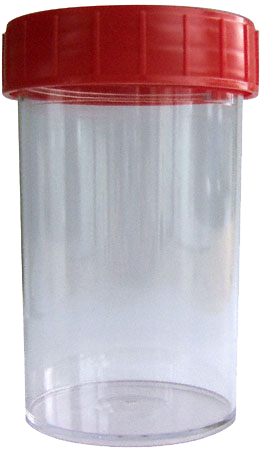
#199488
Hand Held Magnifier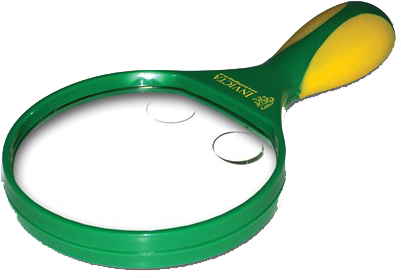
#202230
Video Endoscope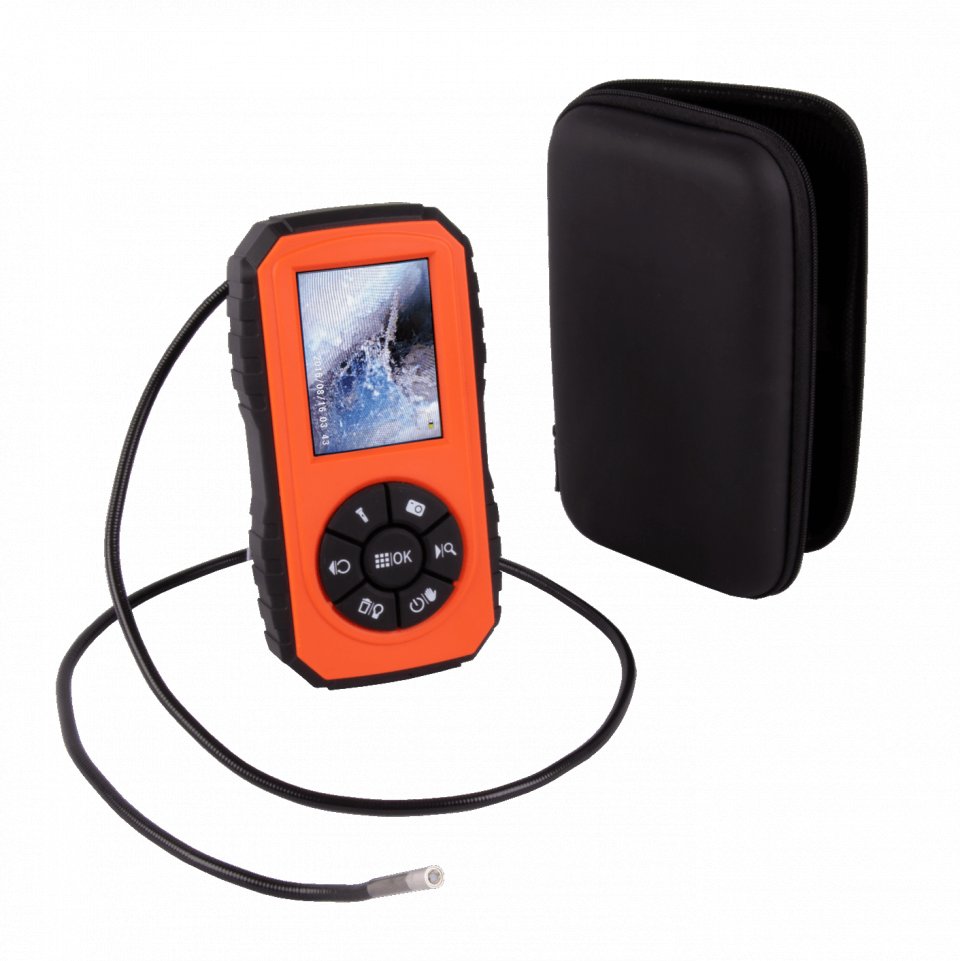
#243795

